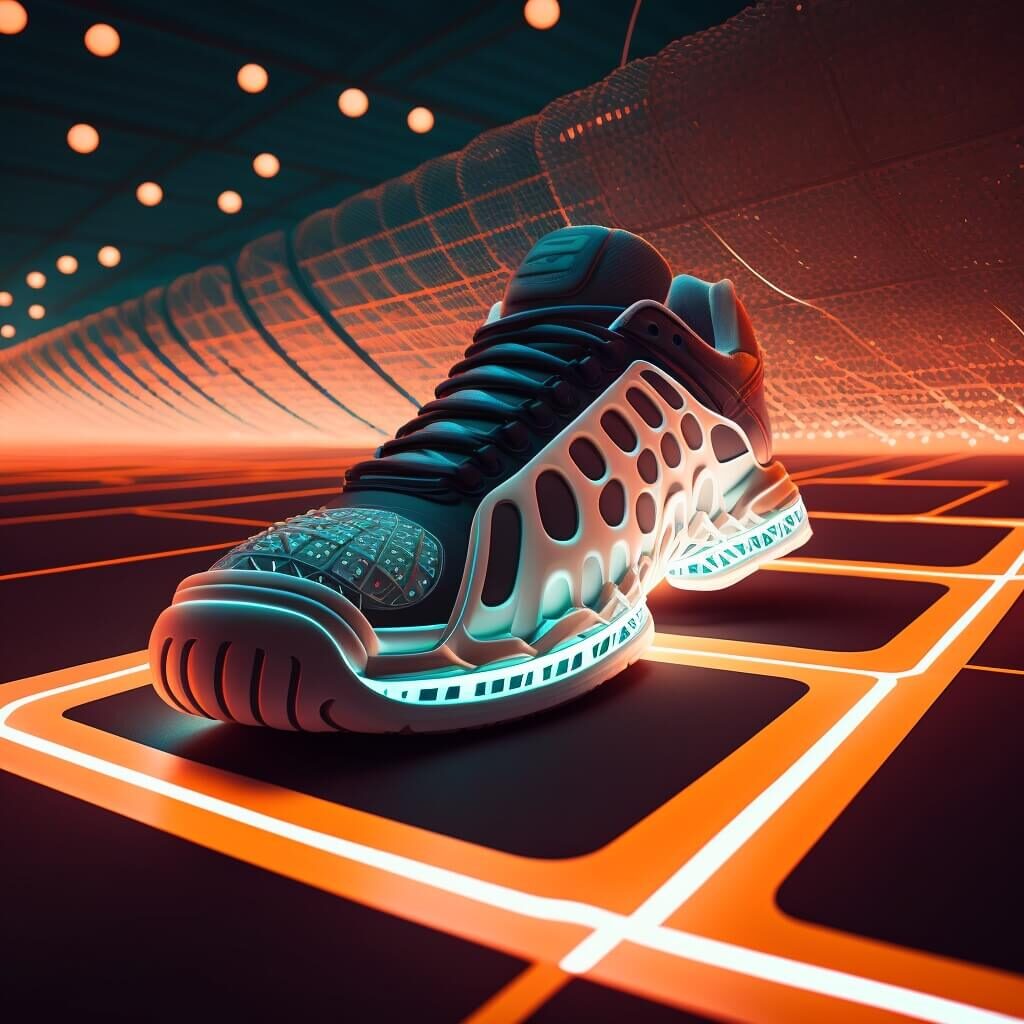
Tennis shoes are essential for any player, but have you ever heard about non-marking tennis shoes? In this article, we’ll go over what non-marking tennis shoes are, why they’re necessary, how they work, and whether all tennis shoes are non-marking. We’ll also provide some tips on how to choose the right non-marking tennis shoes for your needs.
What are Non-Marking Tennis Shoes?
Non-marking tennis shoes are specially designed shoes that do not leave marks on the court surface. They are typically used in indoor courts, where the surface is made of materials like wood, rubber, or carpet. Regular tennis shoes are not recommended for indoor courts because they can leave marks on the surface, which can make it slippery and unsafe for players.
Non-marking tennis shoes are made with materials that are softer and less abrasive than those used in regular tennis shoes. They are also designed to distribute the player’s weight evenly, which helps to reduce the impact on the court surface. This combination of features makes non-marking tennis shoes safe to use on indoor courts, while also providing the necessary support and comfort for players.
Why Are Non-Marking Tennis Shoes Necessary?
Non-marking tennis shoes are necessary because they prevent damage to the court surface. As we mentioned earlier, regular tennis shoes can leave marks on the court surface, which can make it slippery and unsafe for players. Additionally, these marks can be difficult to remove and can cause permanent damage to the court surface, which can be expensive to repair.

In some cases, the use of non-marking tennis shoes is also required by the facility or tournament rules. If you’re playing in a tournament, it’s important to check the rules to see whether non-marking tennis shoes are required.
How Do Non-Marking Tennis Shoes Work?
Non-marking tennis shoes work by using materials that are softer and less abrasive than those used in regular tennis shoes. They are typically made with rubber or gum soles, which are designed to provide traction and grip without leaving marks on the court surface. The soles are also designed to distribute the player’s weight evenly, which helps to reduce the impact on the court surface.
Additionally, non-marking tennis shoes often have a herringbone or zigzag pattern on the sole, which helps to improve traction and prevent slipping. This pattern also helps to distribute the player’s weight more evenly, which can reduce the impact on the court surface.
Are All Tennis Shoes Non-Marking?
No, not all tennis shoes are non-marking. In fact, most tennis shoes are designed for outdoor use and are not suitable for indoor courts. However, some tennis shoes are specifically designed for indoor use and are non-marking.
If you’re unsure whether a particular tennis shoe is non-marking, you can check the sole for any markings or labels that indicate that it is non-marking. You can also check with the manufacturer or retailer to see if the shoe is suitable for indoor use.
How to Choose the Right Non-Marking Tennis Shoes
When selecting non-marking tennis shoes, there are several factors to consider. These include the type of court surface you’ll be playing on, your playing style, and your foot type. You’ll also want to consider the level of cushioning and support you need, as well as the price range of the shoes.
It’s important to choose a shoe that is comfortable and provides the necessary support for your feet. You should also look for shoes that have good traction and grip, as well as a durable sole that can withstand the demands of tennis.

FAQs Related to Non-Marking Tennis Shoes
Here are some common questions related to non-marking tennis shoes:
Are all non-marking tennis shoes the same?
No, non-marking tennis shoes can vary in terms of materials, design features, and intended use. Some non-marking tennis shoes are designed for indoor use, while others are suitable for outdoor use. Additionally, some shoes may be more suitable for players with specific foot types or playing styles.
Can you wear non-marking tennis shoes outside of tennis courts?
While non-marking tennis shoes are designed for indoor use, you can wear them outside of tennis courts. However, you may find that the sole of the shoe wears down more quickly on rougher surfaces, like concrete or asphalt.
What is the difference between non-marking and regular tennis shoes?
Non-marking tennis shoes are specifically designed to not leave marks on indoor court surfaces. They are typically made with softer, less abrasive materials and have a sole that is designed to distribute weight evenly and provide traction without leaving marks. Regular tennis shoes are not necessarily designed with these features in mind and can leave marks on court surfaces.
Do non-marking tennis shoes perform as well as regular tennis shoes?
Yes, non-marking tennis shoes can perform just as well as regular tennis shoes. They are designed to provide the necessary support, comfort, and traction for playing tennis, while also being suitable for indoor courts.

What is the price range for non-marking tennis shoes?
The price range for non-marking tennis shoes can vary depending on the brand and the specific features of the shoe. Generally, you can expect to pay between $50 and $150 for a good-quality pair of non-marking tennis shoes.
Can you use non-marking tennis shoes for other sports?
While non-marking tennis shoes are designed for playing tennis, they may be suitable for other indoor sports that require non-marking shoes, such as basketball or volleyball. However, you should always check the rules of the sport or facility to make sure that non-marking shoes are allowed.
Conclusion
Non-marking tennis shoes are an important piece of equipment for any tennis player, particularly those who play on indoor courts. They are designed to prevent damage to the court surface, while also providing the necessary support, comfort, and traction for playing tennis. When choosing non-marking tennis shoes, it’s important to consider factors like the type of court surface, your playing style, and your foot type. With the right pair of non-marking tennis shoes, you can play your best game while also protecting the court surface.